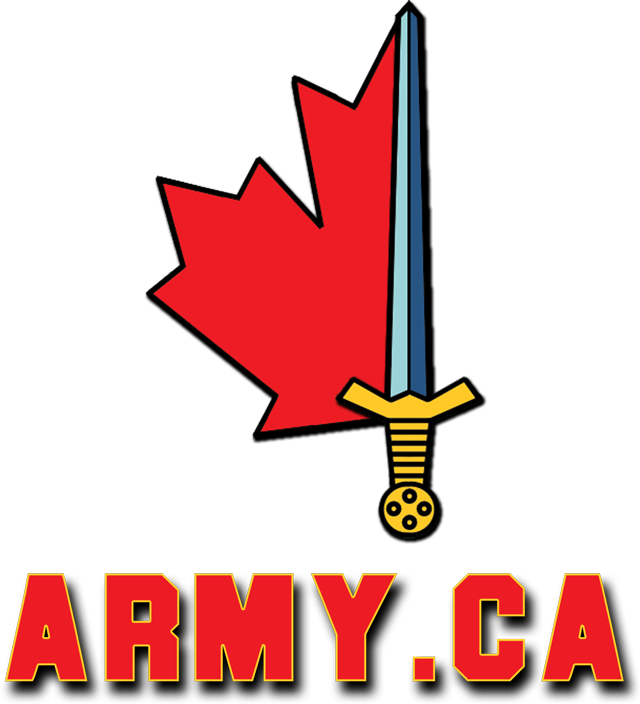As reported on Noah's substack, the German and Norwegian Defence Ministers have stated that if Canada joins their program to buy the Type 212CD submarine, they will allow early deliveries to the RCN and not wait until all 12 German-Norwegian subs are delivered.
German ambassador to Canada says if Ottawa agrees to buy the 212 CD, a submarine under development by TKMS, it will not have to wait for 12 vessels to first be delivered to Germany and Norway

www.theglobeandmail.com
Still think we should go with the South Korean KS-III.

www.theglobeandmail.com




